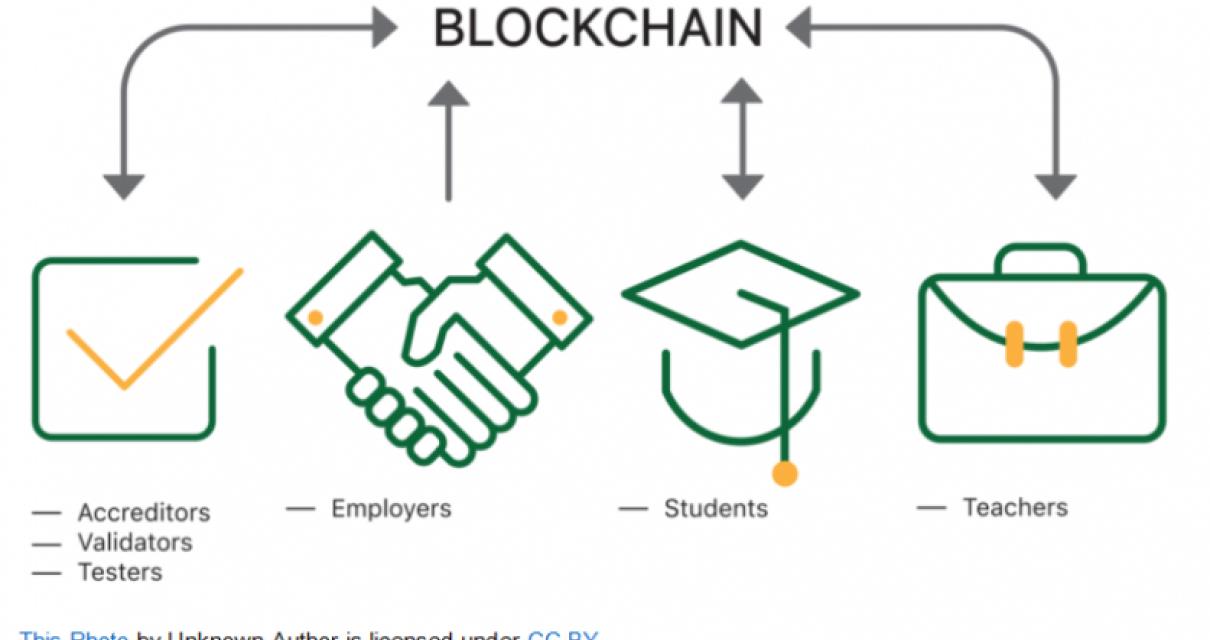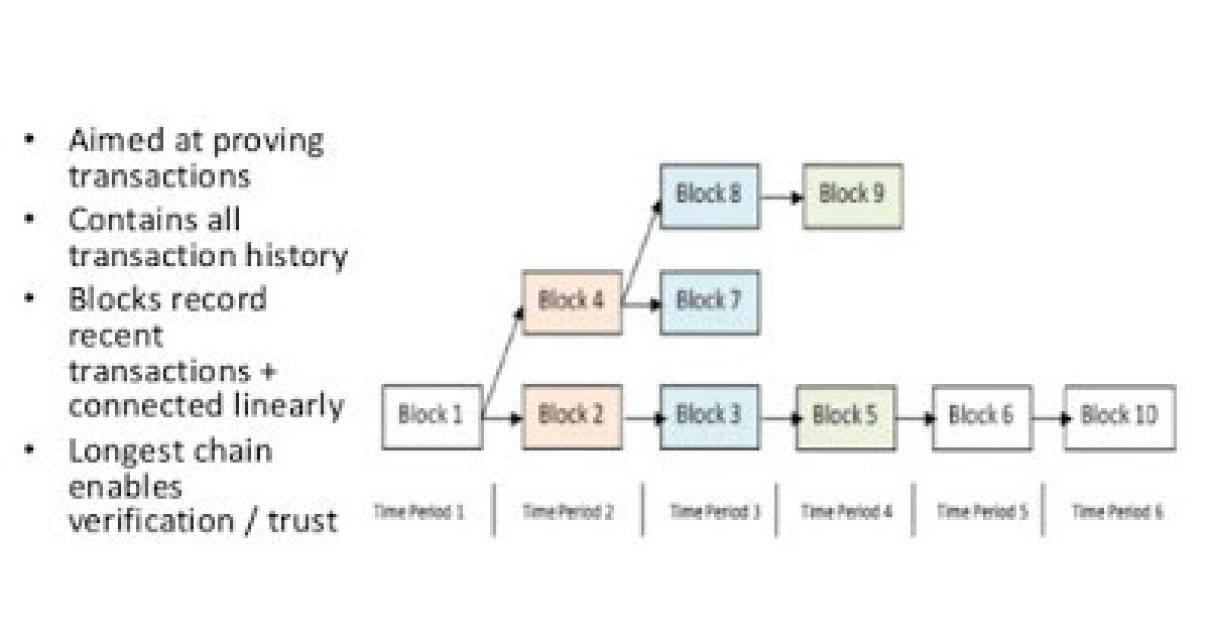Introduction to blockchain: what it is and how it works
Blockchain technology is a distributed database that allows for secure, transparent and tamper-proof transactions. Transactions are verified by network nodes through cryptography and recorded in a public distributed ledger called a blockchain. Bitcoin, the first and most well-known application of blockchain technology, uses it to create a new payment system and a digital currency.
The benefits of learning blockchain
1. Blockchain technology can improve the efficiency and transparency of transactions.
2. It can reduce the costs associated with conducting transactions, such as the need for intermediaries.
3. It can help to secure and validate transactions.
4. It can help to reduce the risk of fraud and cybercrime.
5. It can create a more efficient and transparent system for exchanging information and assets.
The basics of blockchain technology
Blockchain technology is a distributed database that allows for secure, transparent and tamper-proof transactions. Transactions are verified by network nodes through cryptography and recorded in a public “ledger”. Bitcoin, the first and most well-known application of blockchain technology, uses a peer-to-peer network to verify and record transactions.

The potential applications of blockchain technology
are vast, but it is important to remember that blockchain is still in its early stages. There is still a lot of experimentation and development taking place, so it is important to be aware of some of the potential risks associated with using blockchain technology.
1. Security vulnerabilities. Blockchain technology is still in its early stages, and as such, there are still many security vulnerabilities that could be exploited. If a hacker were able to gain access to a blockchain network, they could potentially exploit the vulnerabilities in the system and cause damage or even loss of data.
2. Lack of trust. One of the main benefits of blockchain technology is its lack of trust. Transactions on a blockchain are verified by network nodes through cryptography, which eliminates the need for a third party such as a bank or financial institution. However, this lack of trust can be a major challenge in implementing and using blockchain technology. Many people are resistant to the idea of trusting an anonymous network of nodes with their personal data, which could lead to widespread adoption of blockchain technology being slower than anticipated.
3. Inability to scale. As blockchain technology continues to develop, it will become increasingly difficult to scale the system and accommodate larger volumes of transactions. This is because blockchain networks are designed to be decentralized, which means that each node in the network is responsible for verifying and maintaining the accuracy of the records. If the number of nodes in a blockchain network grows too large, it could become difficult for the network to operate effectively.
4. High fees. Another challenge with using blockchain technology is the high fees associated with transactions. Because blockchain networks are designed to be decentralized, each node in the network must verify and maintain the accuracy of the records. This process can be time-consuming and expensive, which could lead to fees being higher than traditional payment systems.
5. Inability to interoperate with other systems. One of the key benefits of blockchain technology is its ability to interoperate with other systems. However, this capability is currently limited due to the lack of a standard protocol for doing so. If a company wants to integrate blockchain technology into their existing system, they will need to develop their own protocol and build support for it within their network. This can be a challenging process, and could lead to limited adoption of blockchain technology within an organization.
The risks and challenges of blockchain technology
The risks and challenges of blockchain technology are many and varied. Here are just a few:
1. Blockchain technology is still in its early stages, and there is still much to learn about it. This means that there are a number of potential vulnerabilities that could be exploited by malicious actors, which could cause serious damage to the system as a whole.
2. Because blockchain is decentralized, it is difficult to manage and monitor. If something goes wrong with the system, it can be difficult to identify and fix the problem. This could lead to a number of systems crashing or becoming unusable, which could have serious consequences for businesses.
3. The technology is still relatively new, so there are likely to be a number of unforeseen issues that will need to be addressed before it can be fully adopted by businesses. This could mean that the system is not as reliable or secure as it could be, which could lead to significant losses for businesses involved.
4. There is a risk that blockchain technology may not be as efficient or effective as envisaged. This could lead to businesses investing in the technology only to find that it is not as cost-effective or effective as they had hoped, which could have a negative impact on their overall performance.

How to learn blockchain: resources and advice
There are many resources and advice on how to learn blockchain.
Some resources:
-Blockchain.info is a comprehensive resource for learning about blockchain.
-The Bitcoin Wiki has detailed information on blockchain technology.
-CoinDesk offers a variety of articles on blockchain technology.
-LinkedIn has a section on blockchain called "What is Blockchain?" that provides a brief overview of the technology.
-Reddit has a sub-reddit called "Blockchain" that contains resources and advice on blockchain.
Some advice:
-Start with a basic understanding of blockchain technology. There is a lot of information to learn, so start with the basics first.
-Try to find resources that are tailored to your level of understanding. Some resources are more technical than others, so find resources that are accessible to you.
-Ask questions when you don't understand something. There are many knowledgeable people who can help you understand blockchain, so don't be afraid to ask for help.

The future of blockchain technology
As blockchain technology gains more widespread adoption, it will continue to revolutionize the way we conduct business and interact with the world. Here are some of the key areas where blockchain is likely to impact the future:
1. Increased transparency and trust: Blockchain technology enables a more transparent and trustless system, which can improve security and efficiency.
2. Increased efficiency and automation: As blockchain technology becomes more widespread, it will help to automate many processes and streamline business operations.
3. Improved transparency and data integrity: As blockchain technology becomes more widely adopted, it will help to ensure greater data transparency and integrity, which can improve decision making and governance.
4. Increased trust and collaboration: As blockchain technology becomes more widespread, it will help to foster trust and collaboration between different stakeholders, which could lead to more efficient and effective businesses.
Why you should learn blockchain
There are several reasons why you should learn blockchain technology.
1. The potential benefits of blockchain are vast.
Blockchain technology can help to streamline many processes within businesses, including the tracking of assets and the transfer of money. Additionally, it can help to secure transactions and to build trust between parties.
2. Blockchain is increasingly important.
As more and more businesses explore the potential benefits of blockchain technology, the market for this technology is growing rapidly. Therefore, if you want to stay ahead of the curve, it is important to know about blockchain.
3. Blockchain is versatile.
Although blockchain technology is best known for its use in the financial sector, it is also possible to use it for a wide range of other applications. If you are interested in exploring this area further, learning about blockchain can be a helpful start.
What experts are saying about blockchain
technology
A variety of experts are saying that blockchain technology has the potential to transform many industries.
For example, Bill Gates has said that blockchain "has the potential to be as big a deal as the internet."
Similarly, Mark Zuckerberg, the founder and CEO of Facebook, has said that "blockchain is going to be one of the biggest things in the world."
Some other experts believe that blockchain technology could have a significant impact on the way business is conducted.
For example, Ethereum co-founder Vitalik Buterin has said that blockchain could "transform how we do business."
And Richard Gendal Brown, the CEO of the accounting firm Ernst & Young, has said that "blockchain could be a more important innovation for the enterprise than the internet was."